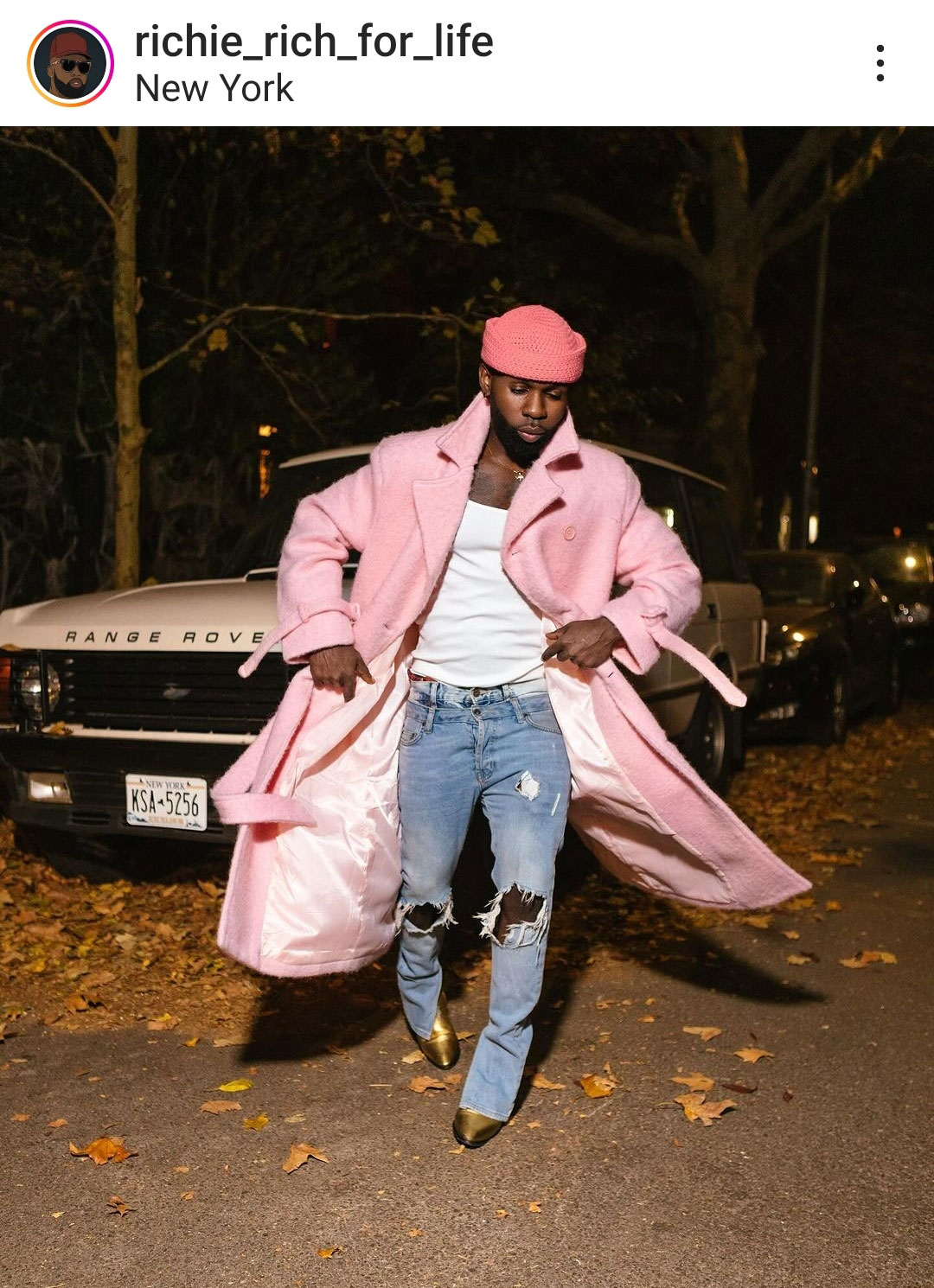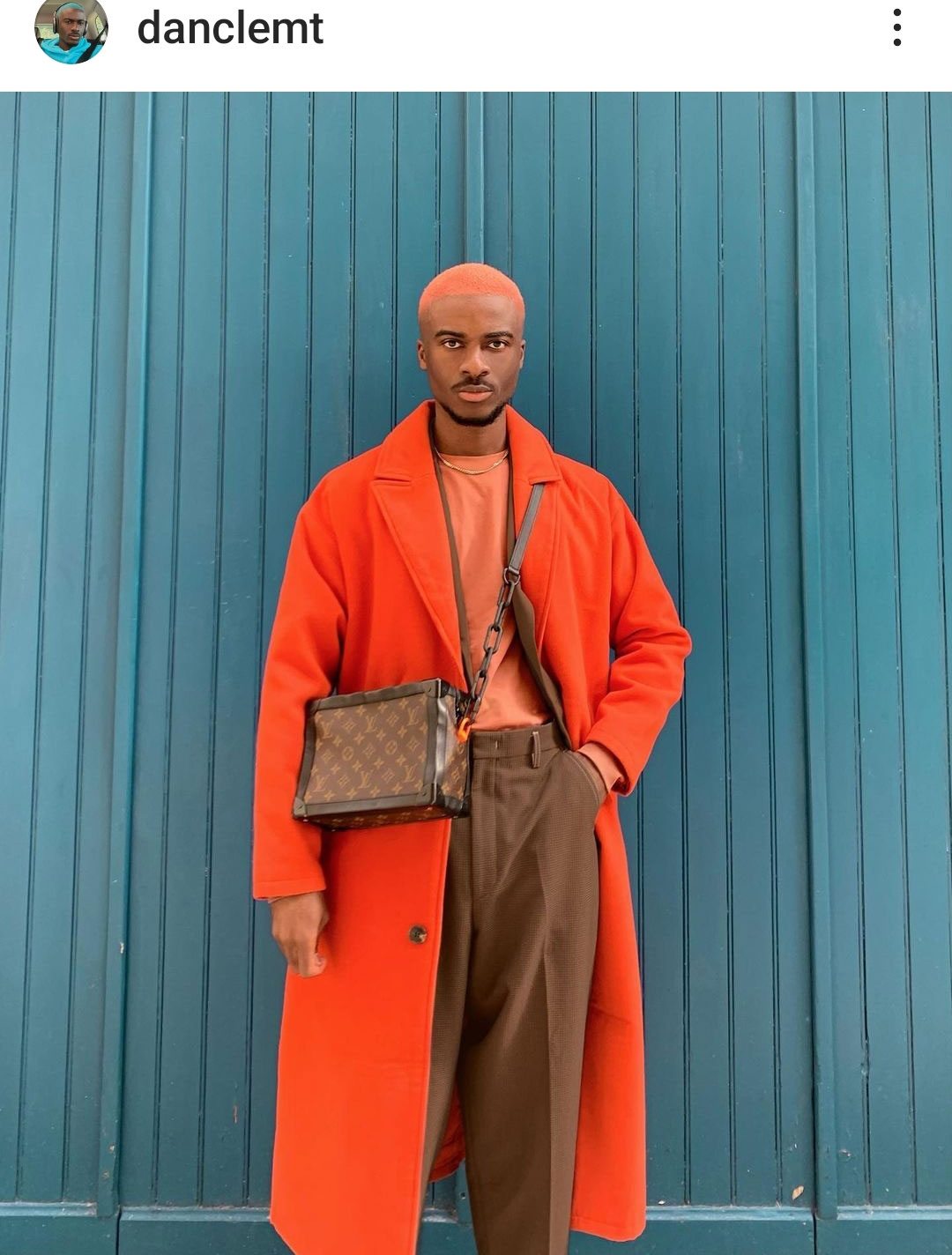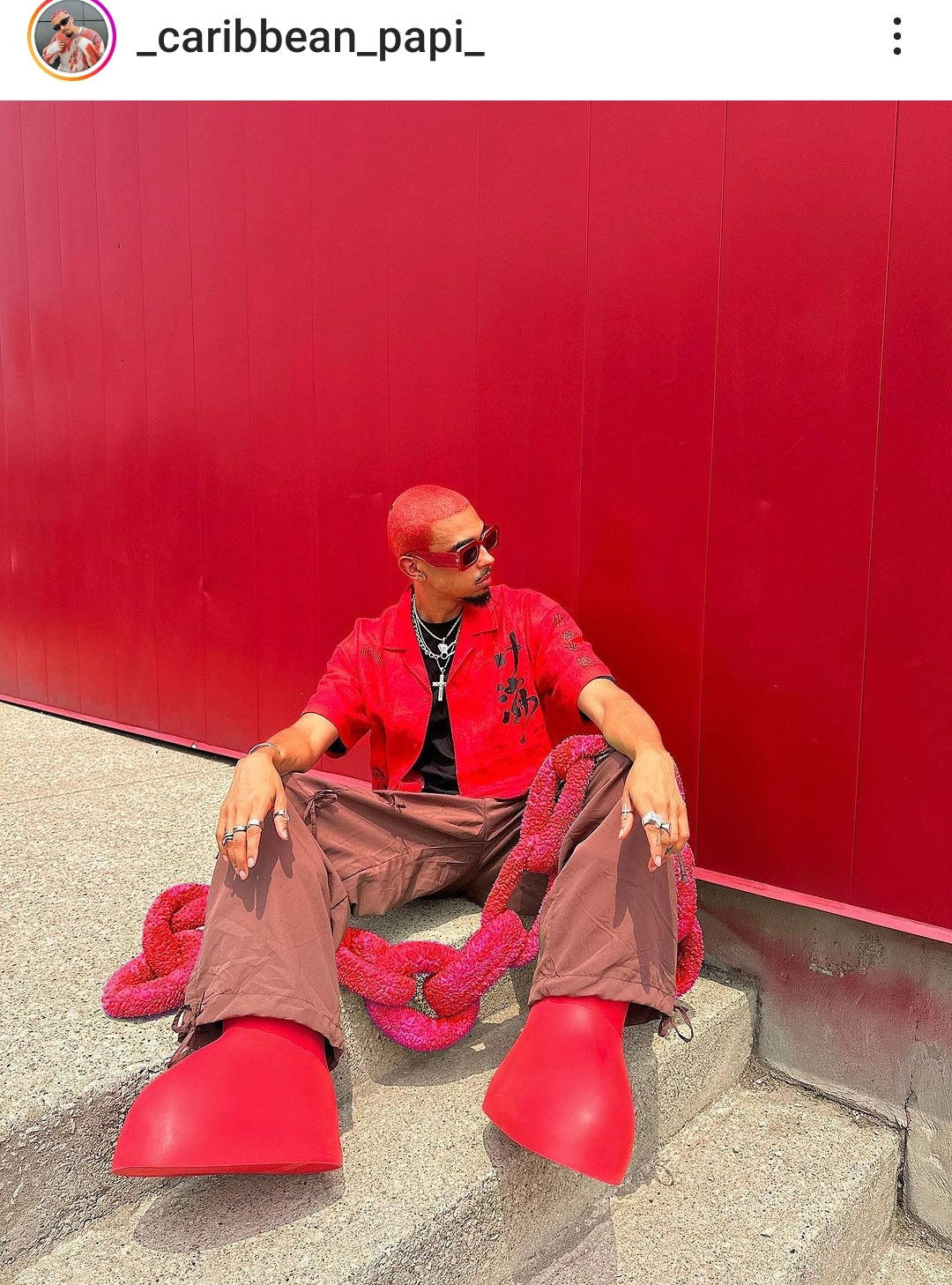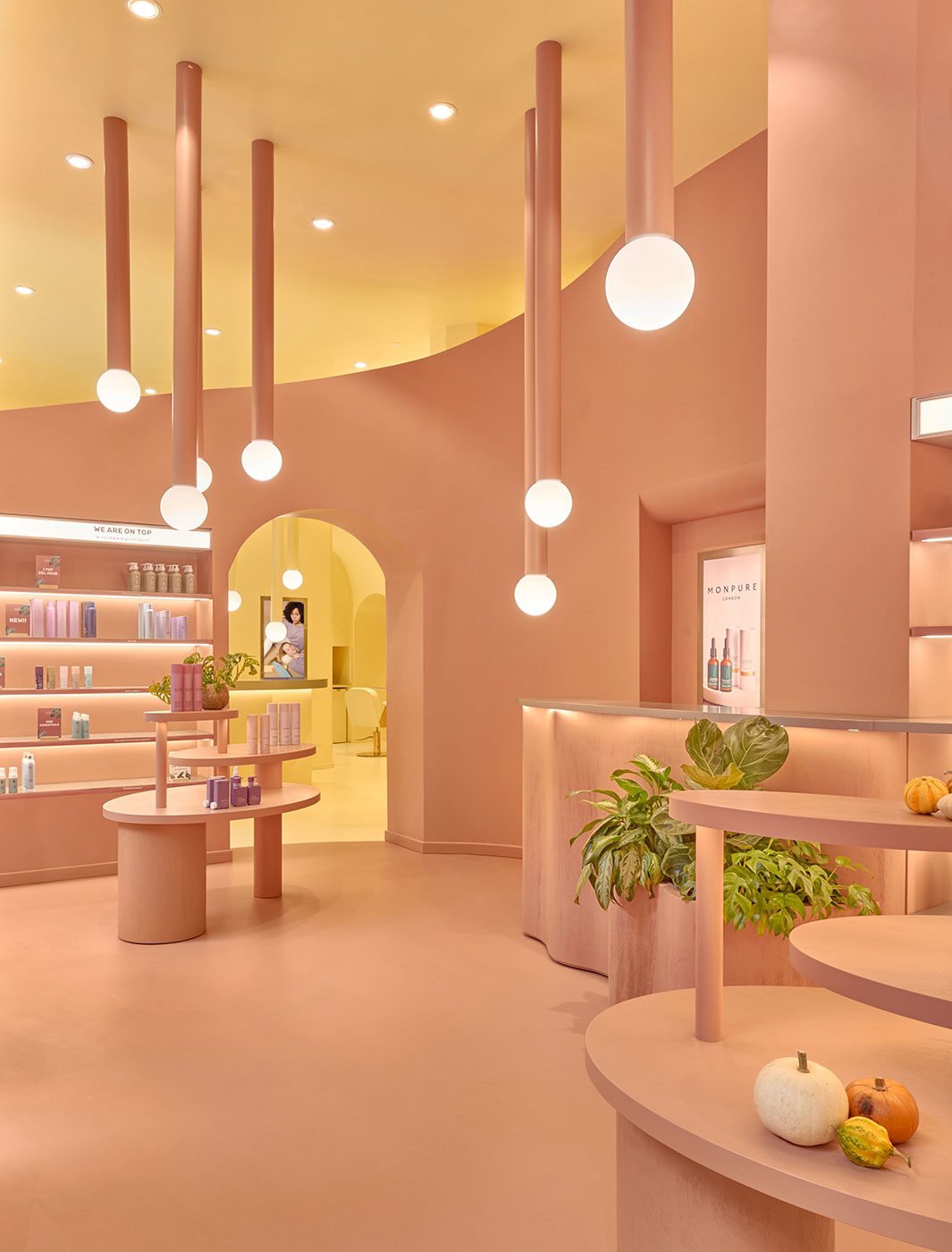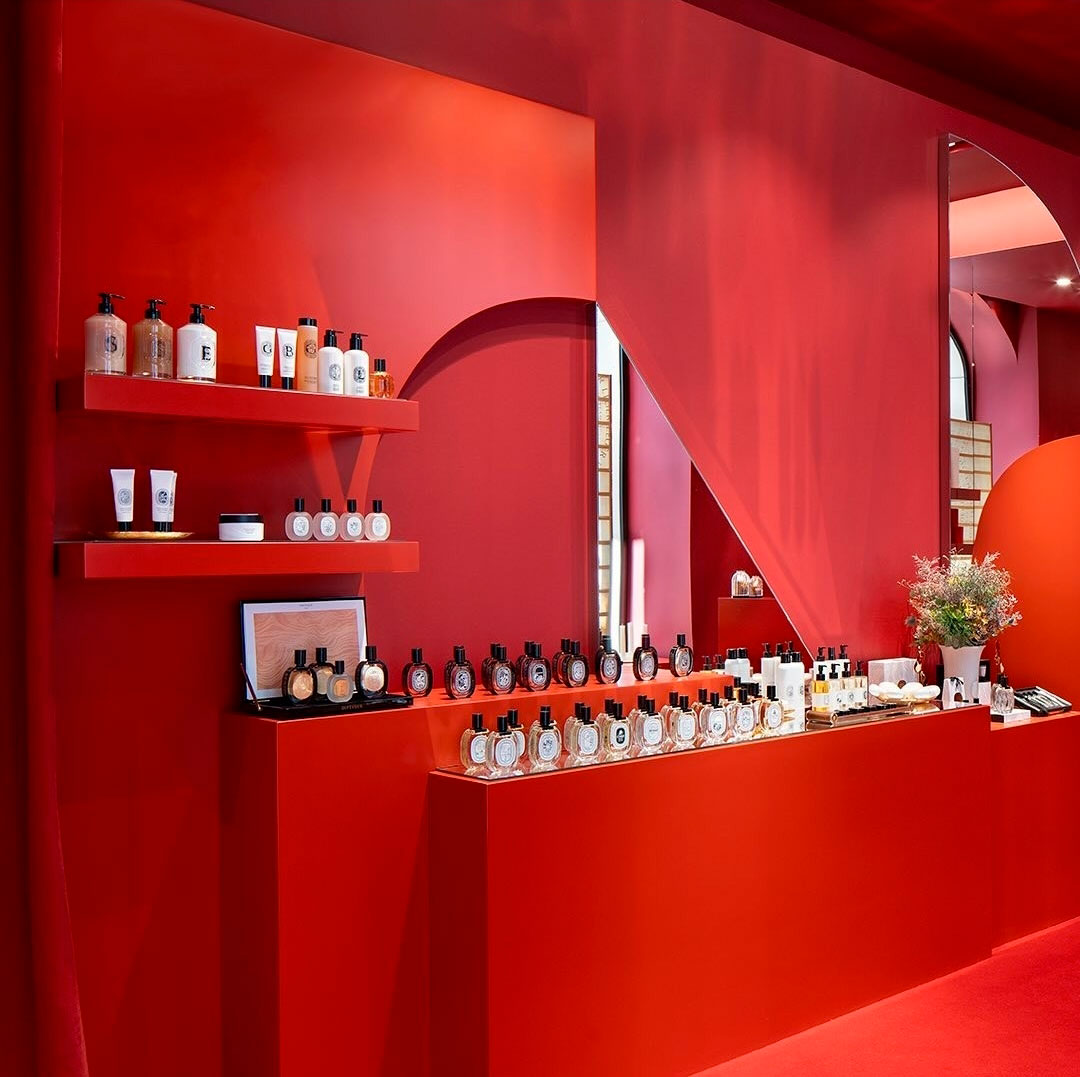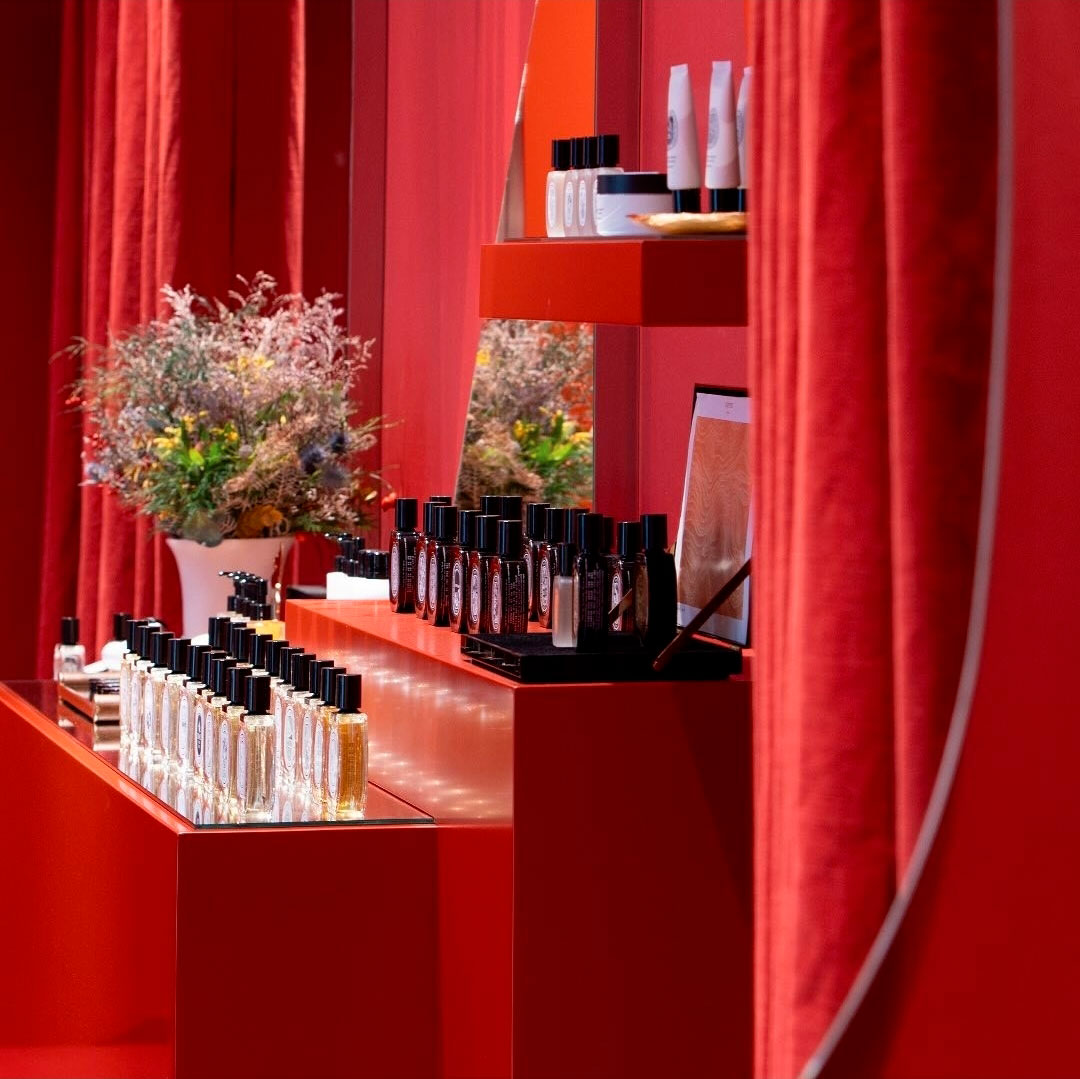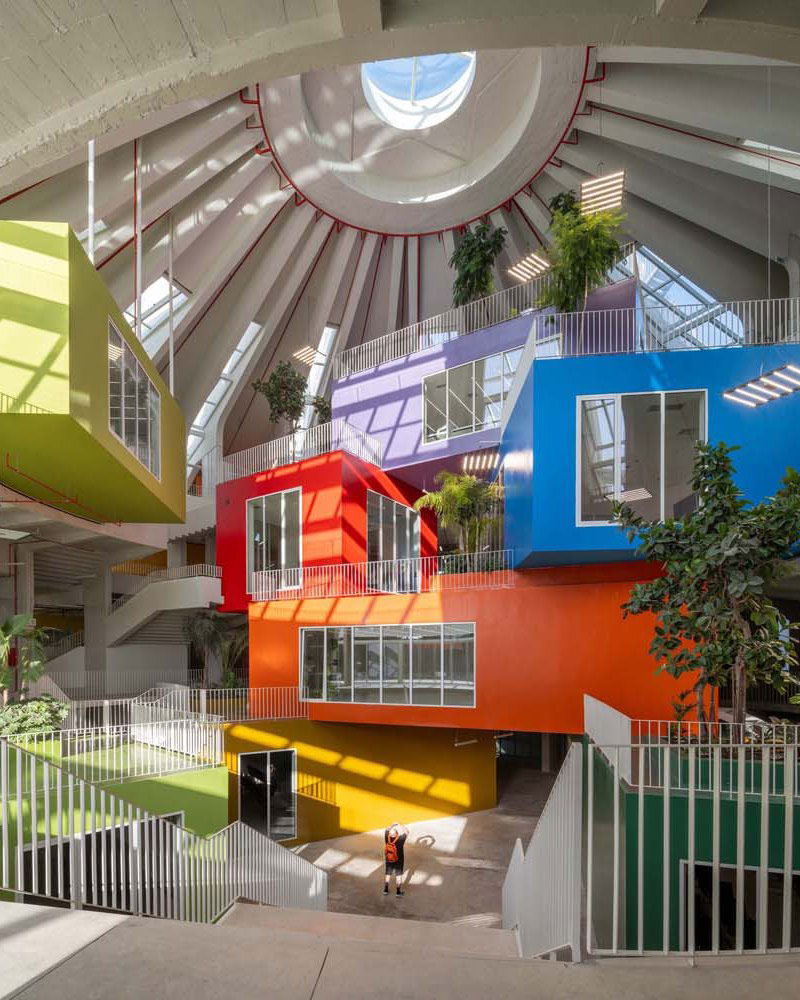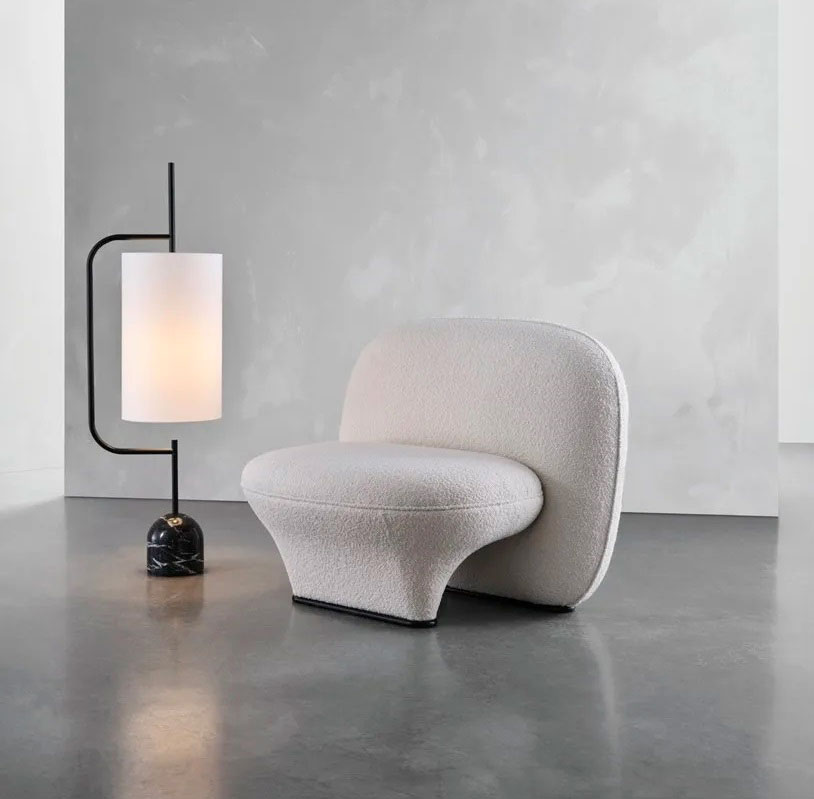INFLUCOLOR
FASHION | SOCIAL MEDIA
Sembra che il colore abbia conquistato anche il mondo della moda per ciò che concerne i linguaggi della comunicazione. Nello scrolldown di Instagram l’elemento che cattura l’occhio è proprio il lampo cromatico, che fa la differenza tra un marchio e l’altro.
Moda e colore esplorano nuovi linguaggi visivi, dove vince ciò che colpisce i nostri sensi.
Lo hanno ben capito gli influencer, che bilanciano le proprie inquadrature in base al criterio del color block: tinte accese, a contrasto, che richiamano i quadri astratti delle avanguardie europee del secolo scorso.
Paradossalmente, sono proprio gli influencer di genere maschile a valorizzare il colore come mezzo di espressione e come simbolo di contemporaneità, lontani dalle immagini sofisticate delle colleghe donne. I profili Instagram dei ragazzi appaiono come vivaci e fantasiose sequenze di palette accuratissime, come se la pagina fosse il risultato di un’attenta composizione pittorica.
It seems that color has also conquered the world of fashion as regards the languages of communication. In the Instagram scrolldown the element that catches the eye is precisely the chromatic flash, which makes the difference between one brand and another.
Fashion and color explore new visual languages, where what strikes our senses wins.
The influencers have understood this well, balancing their shots based on the color block criterion: bright, contrasting colours, which recall the abstract paintings of the European avant-gardes of the last century.
Paradoxically, it is precisely the male influencers who valorise color as a means of expression and as a symbol of contemporaneity, far from the sophisticated images of their female colleagues. The boys’ Instagram profiles appear as lively and imaginative sequences of highly accurate palettes, as if the page were the result of a careful pictorial composition.







